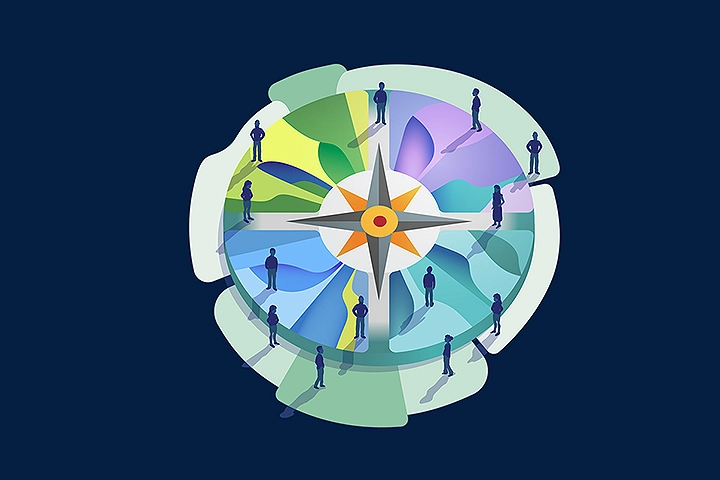India strengthens its position as the global epicentre for GCCs
Suggestions for a National Framework on GCCs
Over the past three decades, GCCs in India have evolved from cost-focused technology hubs into strategic extensions of global headquarters, integrating multiple business functions and driving innovation, R&D, and market growth. This transformation has unfolded across four distinct phases, each marking a leap in capability, role, and strategic value within the global operating model.
Connecting the dots. It’s what we do.
Since the beginning, Deloitte has been about creating connections. With our clients, our talent and our communities. Connecting with leaders far and wide, we are changing the world—making an impact that matters.














